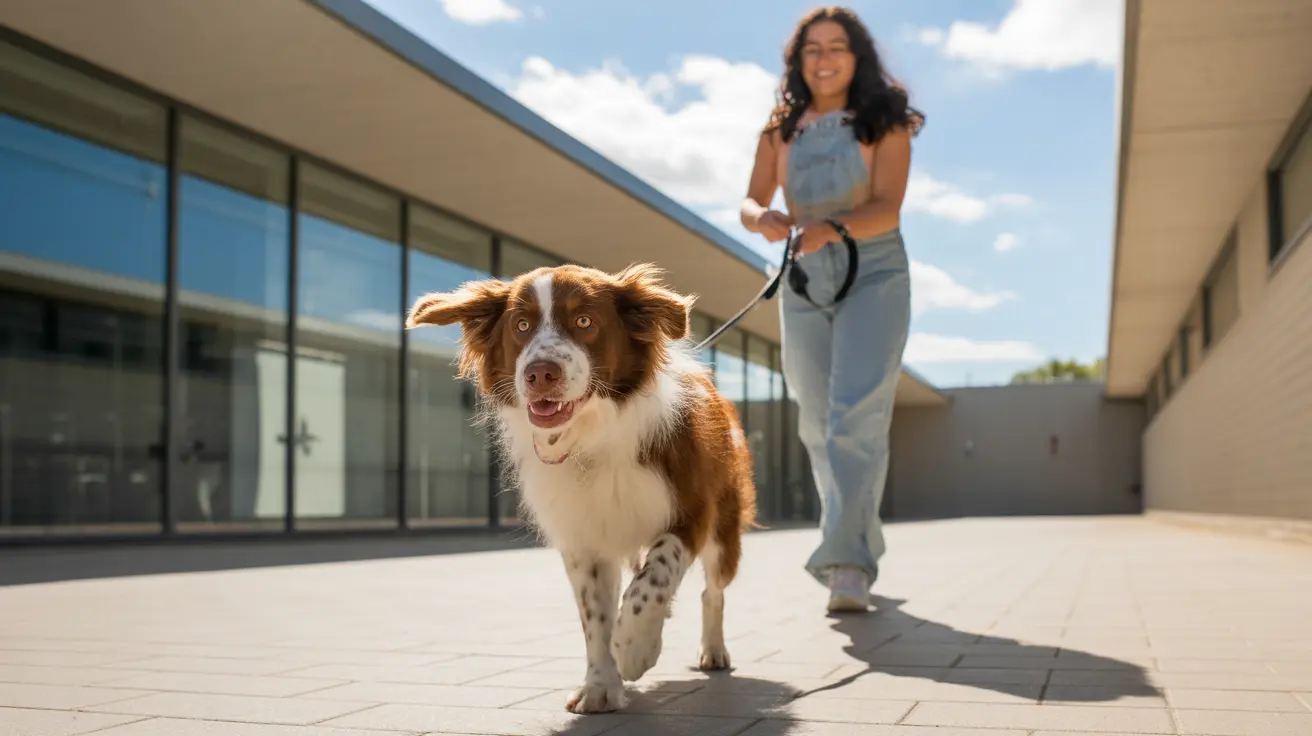How Long Does Dog Training Usually Take?
Understanding the timeline for dog training is essential for pet owners striving to nurture a well-behaved, confident, and socially adjusted companion. While timing varies significantly based on your dog's needs and the type of training pursued, below is a thorough breakdown to help you set realistic expectations.
Factors That Determine Dog Training Duration
- Training Goals: Basic obedience typically takes less time than specialized training like service or therapy work.
- Dog's Age: Puppies often learn faster but also require consistent reinforcement, while older dogs may need more time to adapt.
- Behavioral Challenges: Dogs with aggression, anxiety, or reactivity may need extended behavior modification training.
- Training Format: Group classes follow a set curriculum, while private or board-and-train options offer customized and possibly quicker solutions.
- Consistency at Home: Reinforcing lessons between sessions plays a vital role in training efficiency.
Average Timelines by Training Type
- Group Classes: Typically scheduled as 4–8 weekly sessions, lasting 1–2 months in total. These classes address basic obedience like sit, stay, and leash walking.
- Private Sessions: Usually done weekly over 4–12 weeks depending on dog issues and owner involvement. Some behavior problems may require continuous support over several months.
- Puppy Training: Can span 6–8 weeks, focusing on housebreaking, socialization, and foundational commands during a critical development period.
- Board-and-Train Programs: Often run from 1 to 4 weeks of intensive daily training. Follow-up lessons may be needed to reinforce learned behaviors at home.
- Service or Therapy Dog Training: Can take up to 18–24 months due to the complexity and seriousness of the tasks taught.
- Specialty Classes (e.g., Agility/Scent Work): Usually offered in blocks of 4–6 weeks and may last longer as skills build gradually.
Training Frequency and Commitment
Most basic training courses ask for one session per week in class, and daily 10–15 minute practices at home. Dogs often show measurable improvement after 2–4 weeks of consistent work, but long-term behavioral changes, especially for reactive or fearful dogs, can take 3–6 months or even longer.
When Will You See Results?
- Basic Commands: Sit, stay, and come may be learned within the first few hours but require repetition for reliability.
- Leash Manners: Can take 2–6 weeks depending on the owner's consistency in reinforcing the training.
- Behavioral Issues: Solutions for fear or aggression may take weeks or months and benefit from professional oversight.
- Therapy/Service Dogs: These programs often include multi-stage milestones over 1 year or more due to the precision and skill required.
Signs Training is Succeeding
- Commands are followed consistently without bribes (like treats).
- Your dog is calmer and more confident in new situations.
- Problem behaviors diminish over time with fewer relapses.
- You build a stronger bond and clearer communication with your pet.
Tips for Maximizing Training Efficiency
- Use Positive Reinforcement: Rewards, praise, and consistency yield faster and lasting results.
- Stick to One Method: Mixing different training philosophies may confuse your dog.
- Be Patient: Dogs learn at different paces—celebrate small wins along the way.
- Practice Daily: Short and consistent home sessions build better retention.
- Enroll in Quality Programs: Certified trainers and structured classes give you professional guidance and support.
Long-Term Training as a Lifelong Investment
Training isn’t just a one-time effort—it’s a lifelong commitment. Even after mastering basic commands, refresher sessions or new learning opportunities like agility or scent detection help structure a dog’s energy and maintain good behavior. Many professionals recommend continued training exposure throughout a dog’s life to promote mental enrichment and social engagement.
Ultimately, how long dog training takes depends on your pet, your goals, and your commitment. Whether it's a few weeks for basic skills or several months for behavior change, investing time in training creates a more harmonious life with your dog.





